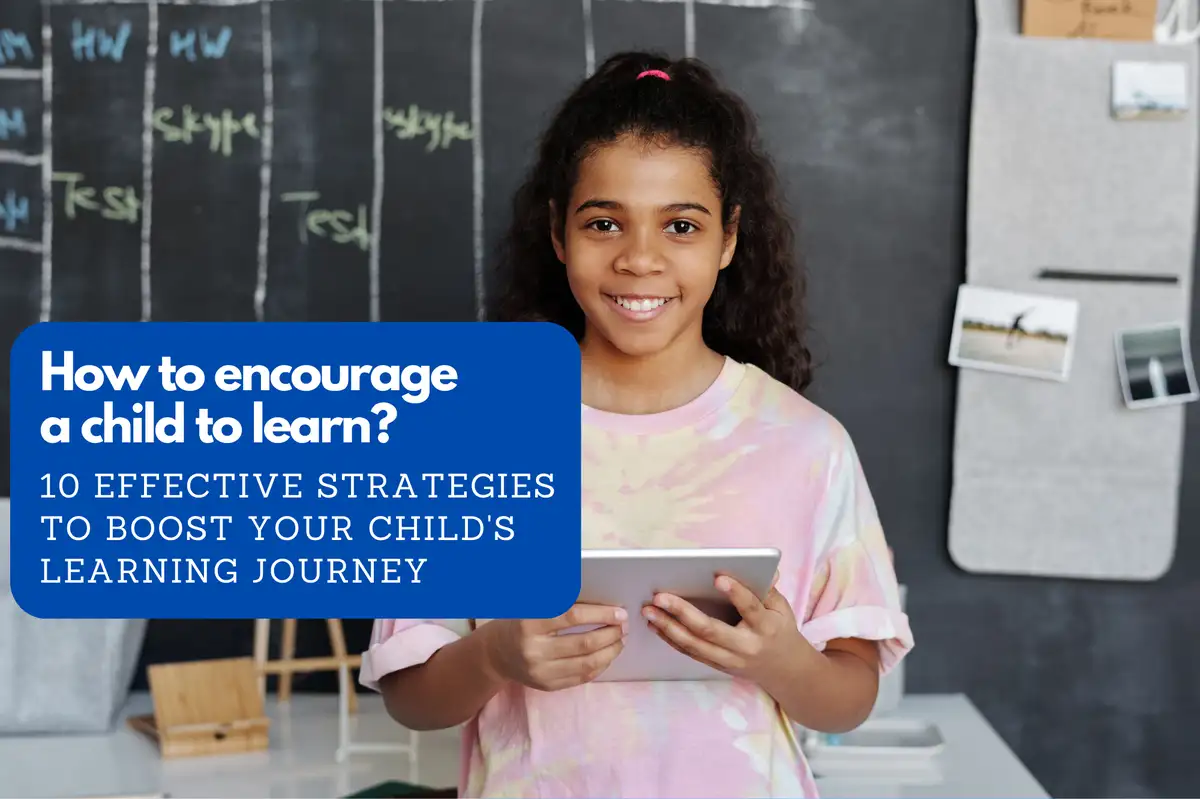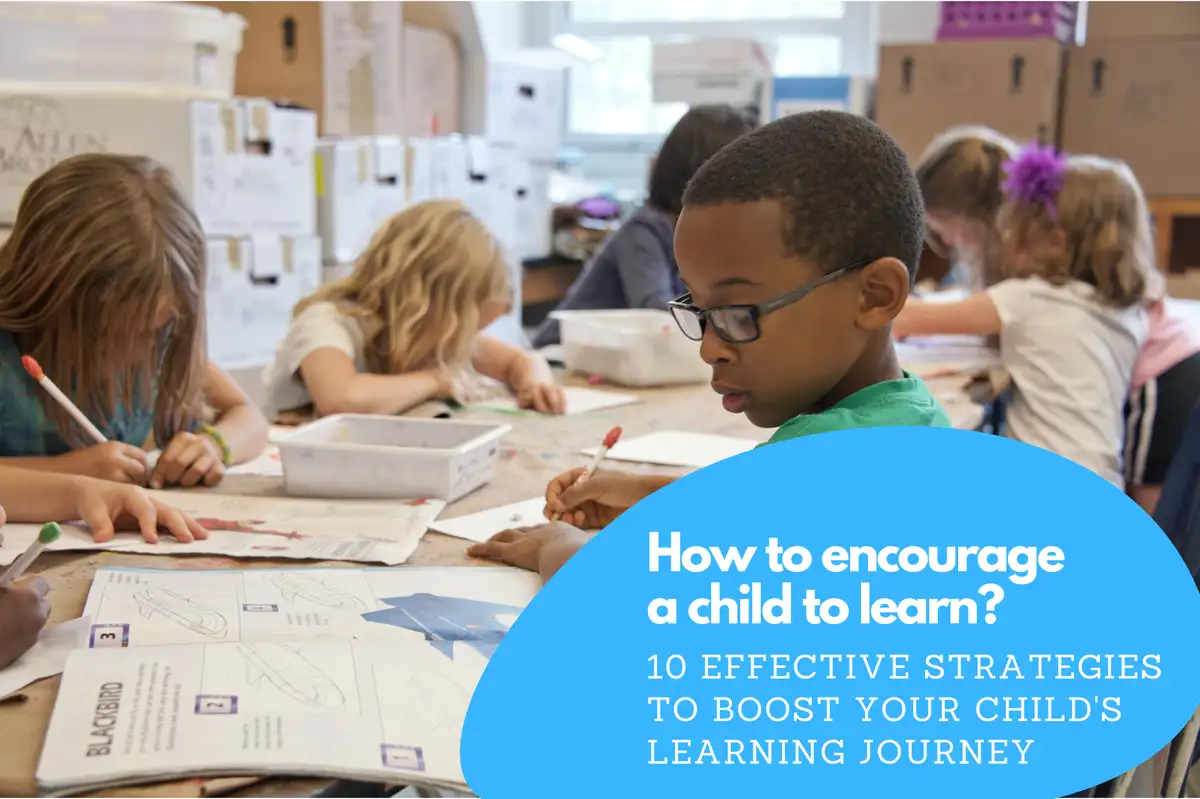10 Effective Strategies to Boost Your Child's Learning Journey
Children are naturally inquisitive and always eager to discover the world around them. As parents, caregivers, and educators, it's our responsibility to nurture this curiosity and foster an environment conducive to optimal learning. Drawing upon scientific research, firsthand experience, and expert advice, we present nine powerful strategies to elevate your child's educational experience.1. Establish a Consistent Learning Routine
Routine offers children a sense of security. Establishing consistent study habits at home not only brings structure to their day but also ingrains the value of discipline.- Set specific study hours: Choose a time when your child is most alert.
- Dedicate a study spot: A quiet, clutter-free area helps focus.
2. Incorporate Multisensory Learning Techniques
Every child learns differently. By incorporating visual, auditory, and kinesthetic approaches, you cater to various learning styles, ensuring information retention.- Visual aids: Charts, diagrams, and flashcards.
- Auditory tools: Rhymes, songs, and audiobooks.
- Hands-on activities: Crafts, experiments, and field trips.
3. Embrace Technology as a Learning Tool
Technology, when used appropriately, can be a tremendous educational asset. Educational apps and platforms tailored to various subjects make learning interactive and engaging.- Choose quality over quantity: Opt for apps recommended by educators.
- Limit screen time: Balance technology with offline activities.
4. Foster a Growth Mindset
Encourage your child to embrace challenges and learn from mistakes. A growth mindset, as opposed to a fixed mindset, motivates children to persist despite obstacles.- Praise effort over outcome: Value the journey, not just the destination.
- Teach resilience: Frame failures as opportunities to learn.
5. Enrich Their World with Books
Reading is foundational to learning. Through literature, children can explore different cultures, and ideas, and expand their vocabulary.- Regular reading times: Consider bedtime stories or morning reads.
- Diverse book collections: Expose them to various genres and authors.
6. Encourage Real-world Learning Experiences
Not all education happens within four walls. Adventures outside offer practical insights.- Visit museums and historical sites: Real-world exposure complements textbook knowledge.
- Nature walks: The natural world is a vast classroom.
7. Engage in Thought-provoking Conversations
Engage your child in discussions that stimulate their critical thinking.- Ask open-ended questions: Encourage them to articulate their thoughts.
- Introduce current events: Discuss news in age-appropriate ways.
8. Set Goals and Celebrate Achievements
Goal-setting helps children understand the value of hard work. Celebrating achievements, big or small, reinforces positive behavior.- Visual goal trackers: Charts or boards to track progress.
- Reward systems: Offer praise, tokens, or fun activities.
9. Collaborate with Educators
Maintaining open communication with your child's teachers can offer insights into their academic needs.- Attend parent-teacher conferences: Understand your child's progress.
- Seek feedback: Implement suggestions for improvement.
10. Implement Parental Control with Avosmart
In today's digital age, ensuring children's healthy digital development is paramount. Introducing Avosmart, a trusted parental control tool, can significantly amplify their learning experience while safeguarding their mental and emotional well-being.- Screen Time Limitation: Avosmart helps parents set boundaries on screen time, ensuring kids spend more hours on productive learning and less on passive consumption.
- Combat Digital Addictions: The tool acts as a preventive measure against digital media addiction and exposure to cyberbullying.
- Separate Learning from Leisure: One of Avosmart's standout features is the capability to segregate educational apps from other entertainment applications. This ensures that when your child is on a device, they are primarily accessing enriching, educational content.
- Promote Media Literacy: While children indeed enjoy learning through digital media, it's essential to delineate educational content from the rest. Avosmart aids in this separation, ensuring a wholesome digital learning environment.
FAQ: How to encourage a child to learn?
1. How do I motivate my child to learn?
Answer: To motivate your child to learn:- Intrinsic Inspiration: Find out what your child is passionate about and integrate it into their learning.
- Setting Goals: Create short-term and long-term learning objectives, and celebrate when they achieve them.
- Positive Reinforcement: Praise and reward your child's efforts, not just achievements.
- Real-world Applications: Show them how what they're learning is used in the real world.
2. How do you engage a child to learn?
Answer: Engaging a child involves:- Interactive Activities: Incorporate hands-on tasks, games, and experiments into their learning routine.
- Visual Aids: Use charts, diagrams, and colorful illustrations to explain concepts.
- Storytelling: Turn lessons into interesting narratives or real-life stories.
- Peer Interaction: Group studies or discussions can be effective, as children often enjoy learning from their peers.
3. How do you motivate a child who doesn't want to learn?
Answer: For a child-resistant to learning:- Identify Obstacles: Understand if there are underlying issues, such as learning difficulties or external pressures.
- Create a Safe Learning Environment: Ensure they feel safe to make mistakes and ask questions without judgment.
- Introduce Breaks: Allow regular intervals for relaxation to avoid overwhelming them.
- Connect with Their Interests: Integrate topics they're passionate about into their learning process.
4. How can I encourage my 5-year-old to learn?
Answer: For younger children like five-year-olds:- Gamified Learning: Turn learning into a fun activity or game.
- Interactive Tools: Use educational toys and apps tailored to their age group.
- Routine: Establish a consistent yet flexible learning routine, providing a structure they can anticipate.
- Positive Affirmations: Constantly reassure them about their abilities, fostering confidence and enthusiasm.


